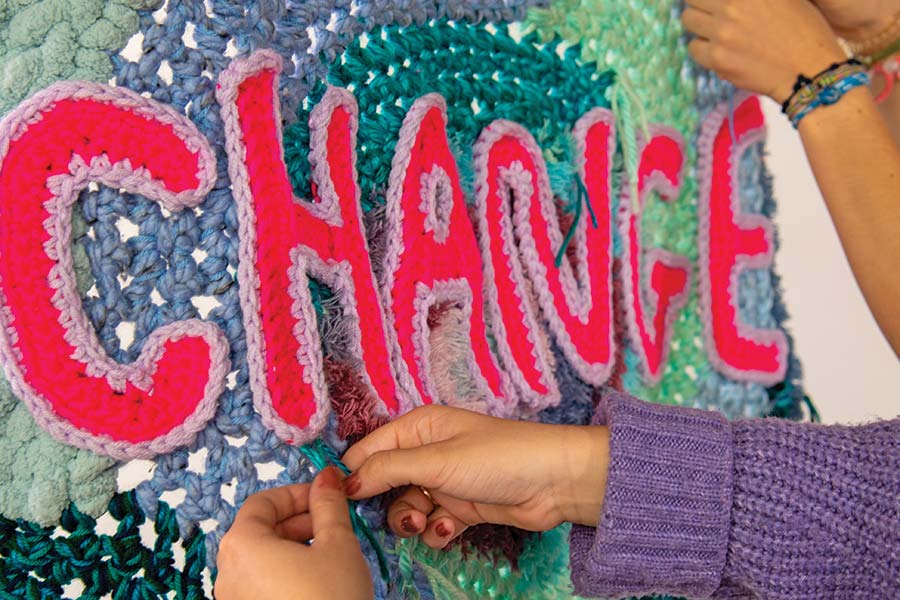Connections
Fall 2021
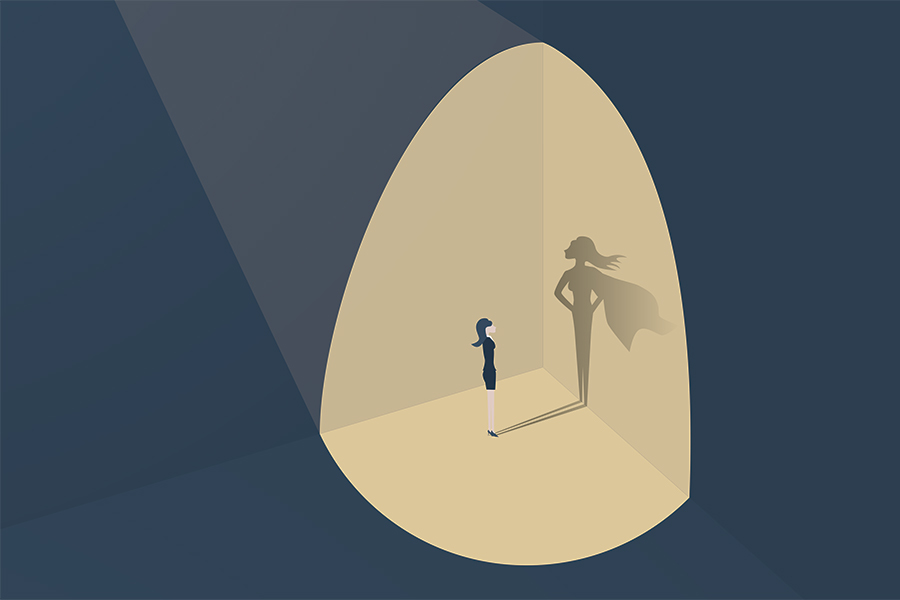
Virtuous Leadership
Make it a habit to be a leader with courage, integrity, and strong ethics. READ »
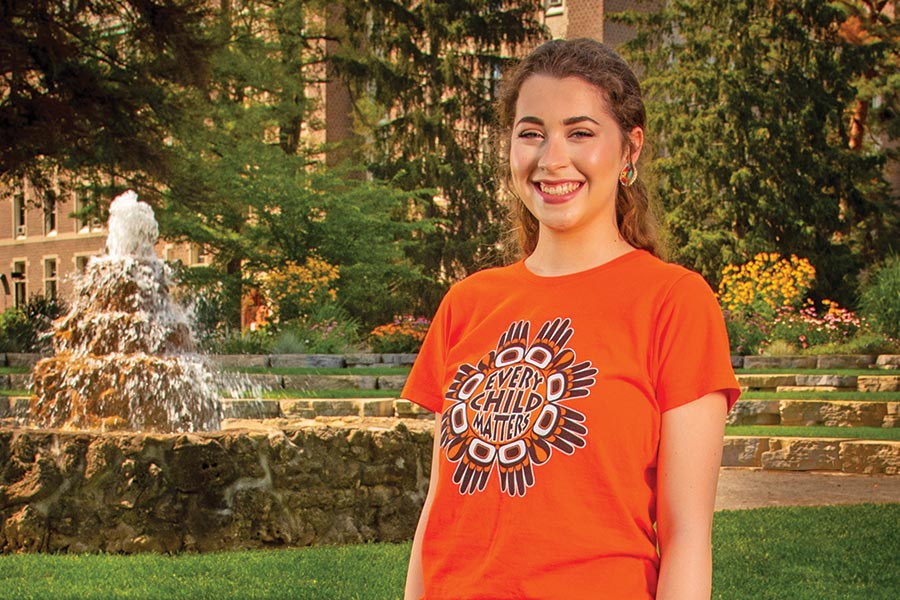
Combining Culture and Change
Tegan Wright ’22 works to ensure Native students have a community at Nazareth. READ »
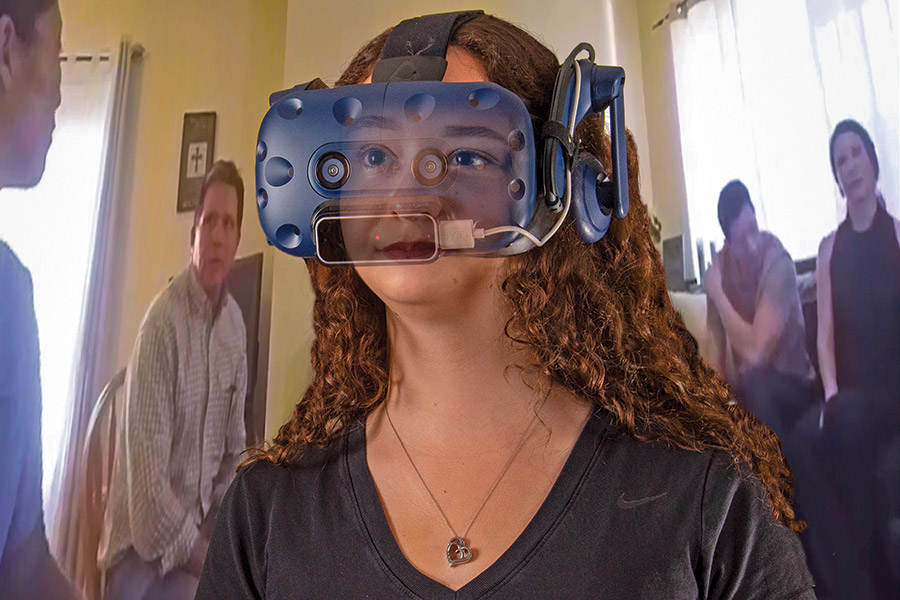
Virtually There
Students build empathy by experiencing hearing loss, isolation, and dementia. READ »
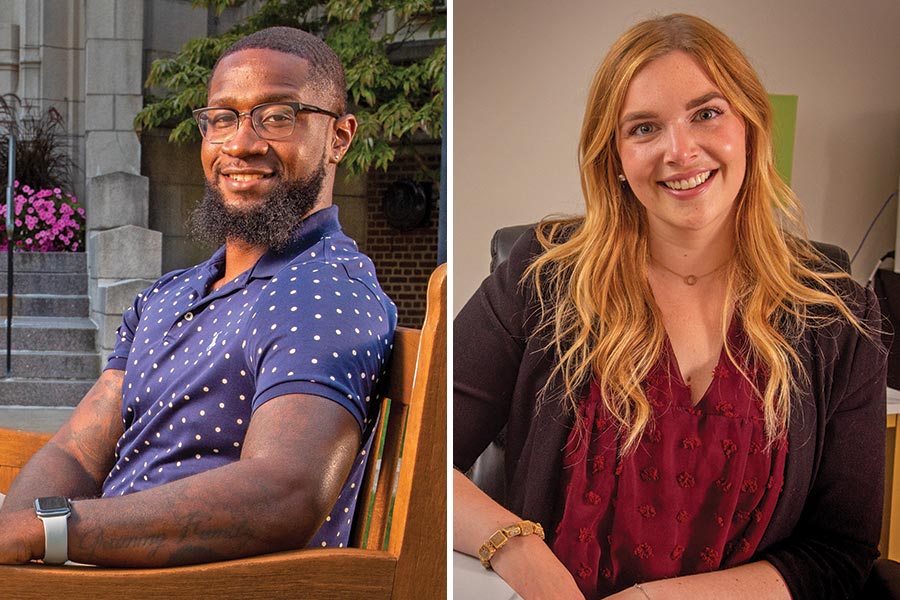
Che’ffan “Che’” Hagins ’22G and Kaleigh Tennies ‘21G
Two students pursue master's degrees in leadership and organizational change. Che's STORY » | Kaleigh's STORY »

Orchestrating Change
Malik Evans praises action and collaboration. READ »
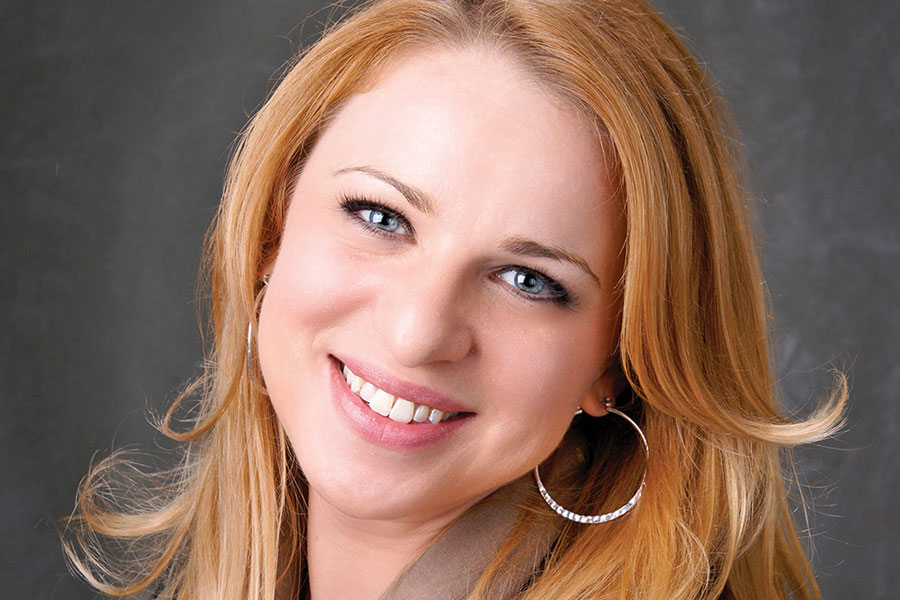
10 Questions
Danielle Abramson, associate director of major giving at WXXI, leads Nazareth's alumni board. READ »
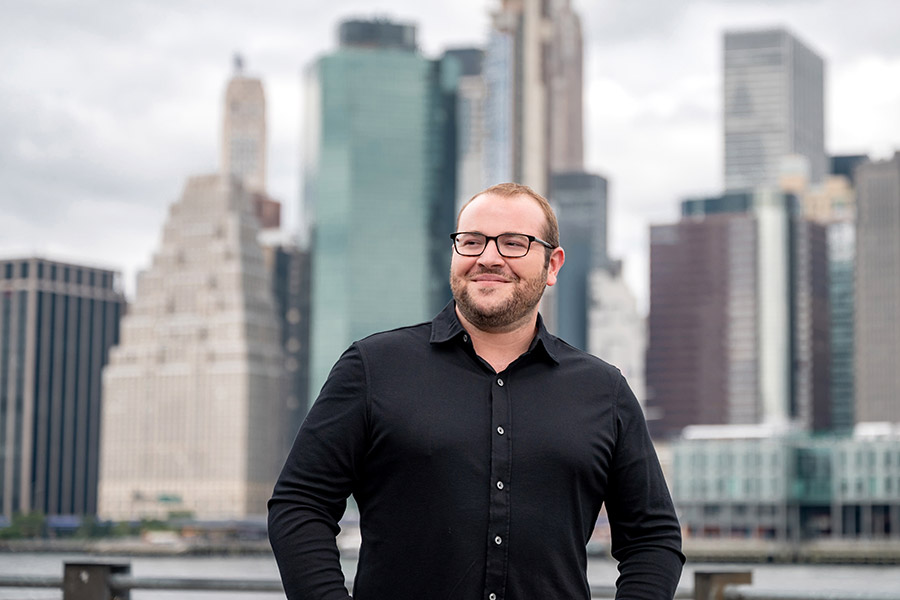
A Technical Turn
Nick Cicero followed his instincts and seized the moment. READ »
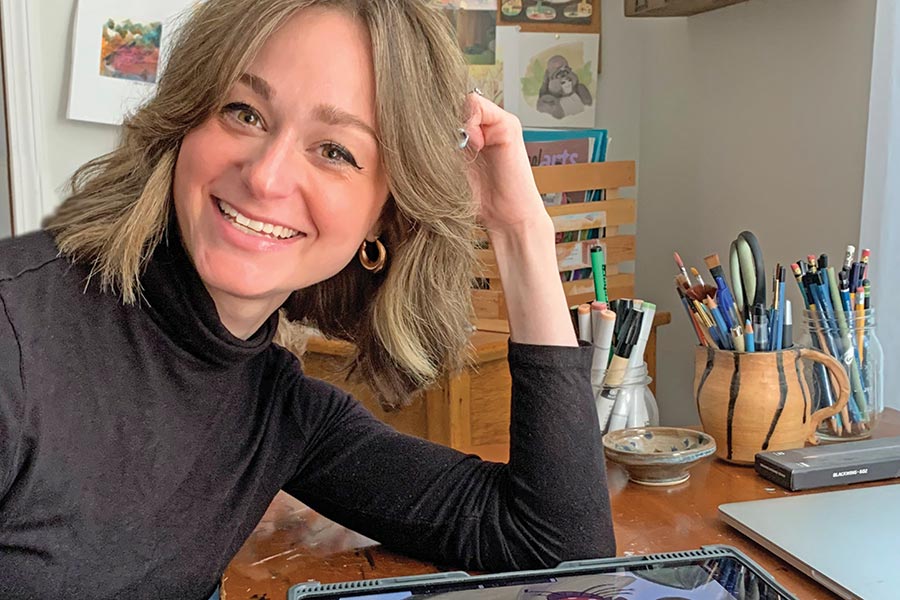
Cultivating an Empathetic World
Art teacher Caitlyn Notaro illustrates books with positive messages for children. READ »
